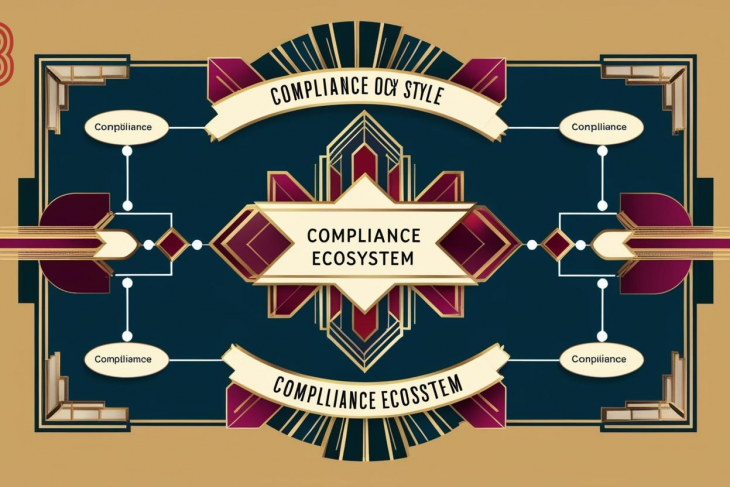
By Ricardo Baretzky PhD in Law
Abstract:
This paper examines the critical deficiencies within the European Union’s legal framework regarding the protection of cybercrime victims and the broader issue of under-implementation among Member States. It asserts that the existing EU legislative instruments, while progressive in intent, are fragmented, inconsistently applied, and inadequate to address the rapidly evolving nature of cyber threats. The analysis demonstrates how the lack of a cohesive and enforceable legal regime leaves victims vulnerable and underscores the necessity for comprehensive judicial reform at both the EU and Member State levels. Recommendations are provided for achieving more effective harmonization, enforcement, and victim-centric legal mechanisms.
1. Introduction
Cybercrime has emerged as one of the most significant threats to individuals, institutions, and national security across the European Union. From data breaches to ransomware attacks, the consequences of cybercrimes are far-reaching. Despite various legislative efforts, the protection of victims remains inconsistent and insufficient. This paper addresses three main questions: (1) To what extent does EU law protect victims of cybercrime? (2) What are the implementation gaps among Member States? (3) Why is judiciary reform indispensable in tackling cybercrime effectively?
2. Overview of EU Cybercrime Legislation
2.1. The Budapest Convention
The Convention on Cybercrime (Budapest Convention), adopted by the Council of Europe in 2001, represents the cornerstone of international efforts against cybercrime. Although not an EU instrument per se, it has been ratified by many EU Member States and forms the basis of much EU law. However, its non-binding nature and the fact that several EU countries have not ratified it hinder its effectiveness.
2.2. Directive 2013/40/EU on Attacks against Information Systems
This directive aims to approximate criminal law in the area of cybercrime. It defines offenses such as illegal access and system interference, but its focus is more on criminalization than on victim protection.
2.3. The General Data Protection Regulation (GDPR)
While not a cybercrime-specific instrument, GDPR offers indirect protection to individuals whose data are compromised in cyber incidents. However, the regulation prioritizes data controllers’ responsibilities over victim compensation or restoration.
2.4. EU Cybersecurity Act
Regulation (EU) 2019/881 establishes a framework for cybersecurity certification and gives a permanent mandate to ENISA (the European Union Agency for Cybersecurity). Yet, it falls short of offering direct recourse or support to cybercrime victims.
3. Victim Protection: The Legal and Practical Deficit
3.1. Definition and Recognition of Cybercrime Victims
There is a glaring absence of a harmonized definition of cybercrime victims across EU Member States. Many legal systems do not recognize the specific vulnerabilities and harms suffered by these victims, especially in cases involving psychological distress or economic ruin due to identity theft.
3.2. Legal Remedies and Compensation Mechanisms
Victims often face complex legal landscapes when seeking redress. National laws diverge significantly on issues like jurisdiction, admissibility of digital evidence, and compensation. EU-level mechanisms such as the Victims’ Rights Directive (2012/29/EU) are underutilized in cybercrime contexts.
3.3. Reporting and Law Enforcement Challenges
Underreporting is rampant due to fear, shame, and skepticism regarding authorities’ capacity to respond effectively. Law enforcement agencies frequently lack the training, resources, and legal backing to pursue cross-border cybercrime investigations.
4. Fragmented Implementation among Member States
4.1. Divergence in National Transposition
There is considerable variation in how EU directives related to cybercrime are transposed and enforced. For example, the Directive on Attacks against Information Systems has seen uneven application, with some states lagging significantly in implementation.
4.2. Inconsistent Judicial Interpretation
Judicial authorities across Member States interpret cybercrime-related statutes differently, leading to legal uncertainty and varying levels of victim support. This inconsistency undermines the principle of mutual trust within the EU’s Area of Freedom, Security, and Justice.
4.3. Insufficient Cross-border Cooperation
Cybercrimes often transcend national borders, yet mechanisms for judicial and law enforcement cooperation—such as the European Arrest Warrant or the European Investigation Order—are underutilized in this domain due to procedural and sovereignty concerns.
5. The Imperative for Judicial Reform
5.1. Modernizing Legal Definitions and Frameworks
Judicial reform must begin with the modernization of legal definitions to include emerging cybercrime typologies like phishing, deepfake-based fraud, and AI-enabled attacks. The legal framework must be adaptable, technology-neutral, and consistently interpreted.
5.2. Enhancing Judicial Training and Resources
Judges, prosecutors, and legal practitioners must receive continuous training on cybercrime and digital evidence. Specialized cybercrime courts or judicial panels should be established to handle these cases with expertise and efficiency.
5.3. Institutionalizing Victim-Centric Approaches
The judiciary should adopt victim-centric approaches, including psychological support, compensation mechanisms, and simplified reporting and litigation procedures. A harmonized EU-wide fund for cybercrime victims could significantly alleviate the burden on national systems.
5.4. Strengthening Supranational Oversight
Stronger oversight by EU institutions, including the European Public Prosecutor’s Office and Eurojust, is necessary to ensure uniform application and enforcement of cybercrime laws. Infringement procedures should be more readily invoked against non-compliant Member States.
6. Recommendations
* Develop an EU Cybercrime Victim Protection Directive to establish minimum rights and support mechanisms.
* Create an EU-wide cybercrime reporting portal integrated with national systems and law enforcement.
* Mandate cybercrime-specific training for judicial and law enforcement authorities across Member States.
* Encourage the establishment of specialized cybercrime units within national judiciaries.
* Harmonize national compensation schemes and establish a centralized EU victim compensation fund.
7. Summary
The European Union has made commendable strides in acknowledging and combating cybercrime. However, its efforts remain incomplete and fragmented, particularly concerning victim protection and judicial enforcement. Judicial reform is not merely desirable but essential to uphold the rule of law in the digital age. Only through harmonized laws, empowered judicial systems, and a victim-centered approach can the EU effectively address the multifaceted challenges of cybercrime.




















